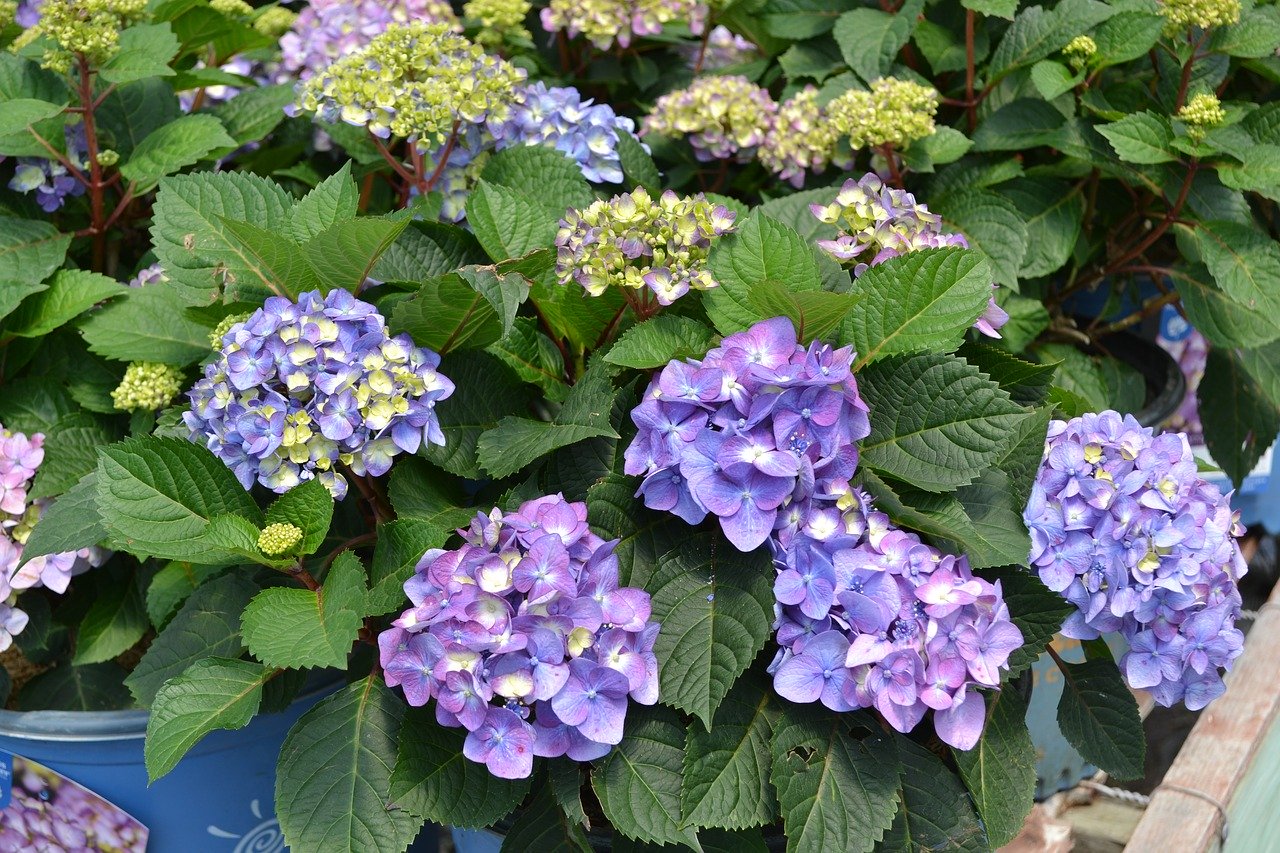Learning when and how to prune endless summer hydrangeas is extremely important for greens aficionados who want nothing more than to have their summer gardens dotted with this plant’s attractive and lustrous foliage, as well as their gorgeous and eye-catching flower heads. Aside from the fact that these plants are hardy, versatile, and highly resistant to pests and disease, they also grow well in various types of soils and are highly tolerant of wetness. Although these shrubs are relatively easy to grow, you need to keep a few things in mind when it comes to trimming their stems.
In case you’re not aware, there are various types of hydrangeas – the bigleaf hydrangea, smooth hydrangea, climbing hydrangea, pee gee hydrangea, and the oakleaf hydrangea. One of the interesting things that you need to know about these plants is that a single pruning method doesn’t apply to all types of hydrangeas. In other words, the only way for you to get the best floral show from your endless summer hydrangeas is to prune them the way this type of hydrangea needs to be pruned.

It’s important to note that pruning any of these shrubs at the wrong time could cause you to cut off the flower buds that are supposed to bloom that year. If you’re clueless about when and how you can prune your endless summer hydrangeas, read on.
Endless Summer Hydrangea Pruning Tips You Need to Know
The endless summer hydrangea belongs to a group called bigleaf hydrangea or H. macrophylla. It features shiny leaves and striking blue, red, pink, and purple flowers. Here are some tips that you need to know about pruning them.
Tip #1: Use sharp and clean pruners
For best pruning results, you need to use sharp and clean pruners as you cut back the stems just above the hydrangeas’ sets of leaves.
Tip #2. Prune only when new growth emerges in the early spring
Some of these bigleaf hydrangeas tend to become overgrown if you don’t get them trimmed. However, you have to keep in mind that when you prune them too much, you could end up reducing their flowering. For this reason, it’s best to start pruning in the early spring when you begin to spot new growth emerging.
Tip #3: Test the stem for life
Testing the stem for life will help you make sure that you’re only getting rid of the shrub’s dead and weakened parts instead of its live stems that have the flower buds on them. To do so, you need to use a knife to scrape the bark. A live stem is green underneath while a winter-killed stem isn’t.
Tip #4: Do hard renewal pruning on old and declining endless summer hydrangeas
If your endless summer hydrangeas are of age and are showing signs of decline, it’s best to give them hard renewal pruning. You can do this by cutting all of their branches to the ground. Although doing so will eliminate its chances of flowering within that year, you can be sure that a more vigorous bloom will be produced the following year.
Tip #5: Remove flowers that are old and dried
Also called dead-heading, the process of removing hydrangea flowers that are old and dried happens to be the safest way to prune this plant. It’s almost impossible to do this incorrectly.
Benefits of Growing Hydrangeas and Other Plants in a Hobby Greenhouse
It can get a bit overwhelming when you think about the wide range of plants that you can choose to grow inside a hobby greenhouse. After all, greenhouse growers tend to have limitless options when it comes to planting their favorite things. However, choosing to grow your hydrangeas, as well as any type of plant inside this enclosed space is one of the smartest gardening decisions you could ever make.
Check out the benefits of growing your plants inside a hobby greenhouse:
Benefit #1. You can control your plants’ growing environment
A hobby greenhouse allows you t have a degree of control over certain conditions that your plants will be exposed to. Your ability to manipulate the temperature, moisture, and light, will maximize the growth potential of your vegetables, fruits, herbs, and flowers. This will make it possible for you to grow anything that’s not native to your region, as well as plants that are out-of-season.
Benefit #2: You can keep destructive garden pests and animals at bay
One of the best things about having your very own hobby greenhouse is the fact that it can act as a protective barrier against insects and animals that can potentially cause damage to your tender plants.
Benefit #3. You won’t have to worry about harsh weather conditions
Your hobby greenhouse can shield your plants from inclement weather. This means that you won’t have to make emergency preparations in the event of harsh weather conditions such as blizzards, hailstorms, high winds, excessive rains, snow, etc.
Final Thoughts on How to Prune Endless Summer Hydrangeas
Now that you’ve already figured out when and how to prune endless summer hydrangeas, the next logical step would be to try growing these hardworking shrubs in your own hobby greenhouse. Find out why the hydrangea is ideal for greenhouse propagation and experience the satisfaction of seeing it thrive well in your hobby greenhouse!
